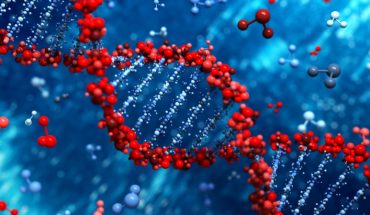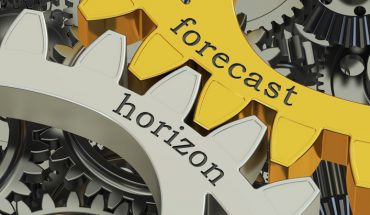Testicular cancer is the most common cancer in young men, yet many don’t know the signs and symptoms of it.
Testicular Cancer Awareness Month takes place every April and encourages men to know what is normal for them and check their testicles for any changes and lumps.
Mr Jas Kalsi, Consultant Urologist and Male Fertility Expert at Cromwell Hospital, answers the most commonly asked questions about testicular cancer.
Who usually gets testicular cancer?
Testicular cancer usually affects men between the ages of 15 – 49 and around 2,300 men are diagnosed with it in the UK every year.
Testicular cancer is where abnormal cells in the testicles start to grow. The testicles are part of the male reproductive system.
What are the most common symptoms?
The most common symptoms of testicular cancer are a lump or swelling in part of one of the testicles, a testicle that gets bigger, a heavy scrotum or discomfort or pain in the testicle or scrotum.
While these are symptoms of testicular cancer, they could also be symptoms of other conditions, which is why it is important to see a doctor if you notice any changes to your testicles.
How do I check my testicles?
Once you hit puberty, it’s important to check your testicles regularly – ideally, every month. This will help you get an idea of their usual look and feel so if there are any changes, you’ll notice them.
The best time to do it is while you’re in the shower or bath, or just afterwards. The warmth will relax your scrotum and make it easier to feel anything unusual.
- Stand in front of a mirror and check if you can see anything unusual like any swelling on the skin.
- Feel the size and weight of each testicle. You may notice that one testicle is larger or hangs lower than the other. This is completely normal.
- Get to know the feel of your testicles by rolling each one between your fingers and thumb. They should feel smooth, without any lumps or swellings.
- Compare your testicles with each other – get to know any differences between them.
Towards the top, at the back of each testicle, you’ll feel a soft, tender tube. This is called the epididymis, and stores sperm, so it’s good to remember where it is so you don’t mistake it for a lump. Cancerous lumps don’t usually develop here but on the sides or in front of your testicle. If you’re concerned about any lump, contact your GP for advice.
When should I see a doctor?
It is important that men are regularly checking their testicles for any changes, such as a lump or change in size. It’s about knowing what is normal to you, and if you notice any changes, make sure you see a doctor who will be able to do a full examination and tests to find out whether it is cancer.
We know that men often find it difficult to open up about their health, particularly when it is intimate, but seeking help as soon as possible, leads to anything being caught and treated quickly. The most important thing if you are worried, please seek help.
Who is most at risk of getting testicular cancer?
Your risk of developing testicular cancer depends on many different factors, including whether you smoke, lead a healthy lifestyle, family history of cancer and environment factors. Other risk factors include:
- An undescended testicle in the past or present
- Pre-cancerous changes of the testicles
- Having had testicular cancer before or a strong family history
- Being of a certain race/ethnicity, in the UK it is more common in Caucasians
- Being very tall
- HIV infection
For anyone who is worried about a lump or change to their testicles, please make sure you contact your GP who will be able to do a full examination and recommend the best treatment.
- Most commonly asked questions about testicular cancer - 27th April 2022






